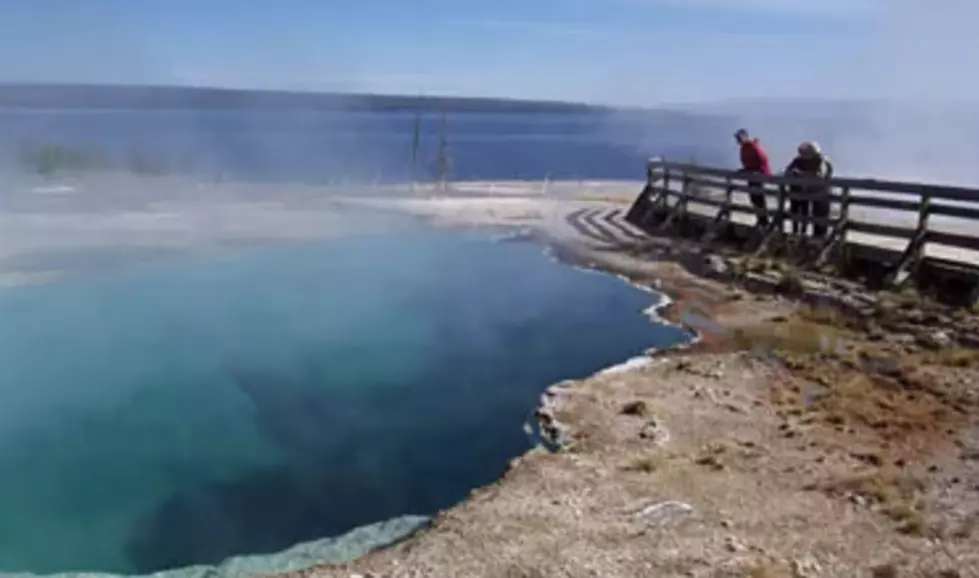
Forest Service Reminds: Spring Can Be Volatile
With the first day of spring right around the corner, this week's on-again off-again snow storms serve as a reminder that spring time in the Rocky Mountains can be a volatile time of year. This sentiment was echoed recently by an official press release from the US Forest Service, reminding people that spring time can bring a wide variety of conditions.
Officials with the Medicine Bow Routt National Forest say that the reminder was prompted by a recent string of people getting stranded during recreational activities, as well as some fatal accidents. According to the official release, this last weekend saw a lot of this kind of activity in Colorado.
Multiple groups of snowmobilers needed search and rescue assistance in north central Colorado, and the previous weekend there were both avalanche and snowmobile fatalities in the same area.
Officials stress that when the weather changes suddenly and unexpectedly, even the most seasoned outdoors enthusiast can be faced with navigation difficulties. Also that warm weather can create a "freeze-thaw cycle" which can lead to unstable snowpack which can create dangerous avalanche conditions.
Current avalanche conditions across the MBR range from moderate to considerable, but can change daily. Deep persistent slabs do exist and are hard to trigger, but the consequences of releasing one could be deadly.
The release lists the following recommendations for anyone seeking outdoors recreation during this season in the Rockies:
- There is no avalanche control and forest users must know the snow conditions and their abilities.
- Conditions can change rapidly in the backcountry. Be prepared for extreme conditions, carry appropriate survival gear and be prepared for self-rescue.
- Remember these safety items: shovel, beacon, probe, and KNOWLEDGE.
- Don’t recreate alone.
- Know how to use your emergency gear. Items such as an avalanche beacon are not useful if they cannot be properly used.
- Much terrain throughout the Rocky Mountain region is subject to avalanches. When traveling or recreating in those areas, you are responsible for the safety of yourself and those around you.
- Get avalanche savvy and take a certified avalanche course.
- Pick up a map of the area you plan to visit. Recreation maps, such as the Wyoming State Trails Snowmobile maps, often show avalanche prone areas.
More From KOWB 1290









